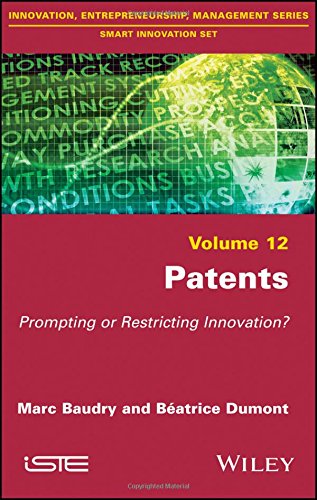

Most ebook files are in PDF format, so you can easily read them using various software such as Foxit Reader or directly on the Google Chrome browser.
Some ebook files are released by publishers in other formats such as .awz, .mobi, .epub, .fb2, etc. You may need to install specific software to read these formats on mobile/PC, such as Calibre.
Please read the tutorial at this link: https://ebookbell.com/faq
We offer FREE conversion to the popular formats you request; however, this may take some time. Therefore, right after payment, please email us, and we will try to provide the service as quickly as possible.
For some exceptional file formats or broken links (if any), please refrain from opening any disputes. Instead, email us first, and we will try to assist within a maximum of 6 hours.
EbookBell Team

5.0
60 reviewsThe patent system is criticized today by some practitioners and economists. In fact, there is a partial disconnection between patent demographics and productivity gains, but also the development of actors who do not innovate and who develop business models that their detractors equate with a capture of annuities or a dangerous commodification of patents.
This book provides a less Manichaean view of the position of patents in the system of contemporary innovation. It first recalls that these criticisms are not new, before arguing that if these criticisms have been revived, it is because of a partial shift from an integrated innovation system to a much more fragmented and open system. This shift accompanied the promotion of a more competitive economy. The authors show that this movement is coherent with a more intensive use of patents, but also one that is more focused on their signal function than on their function of direct monetary incentive to innovation.